Q: “Is it true that the pulp is where all the important nutrients are, yet juicers only extract the juice?”
A: I hear variations of this often, that the pulp that is discarded is where all (or most of) the nutrients are, and that when you juice you are essentially throwing away the most important part of the produce.
If this were true it would certainly be a waste. I want to assure you this is not true.
In this article I will explain what we now know is attached to the pulp. I’ll also share the facts on the nutrients in freshly made unpasteurized juice, as well as some reasons that you may want to include juicing as part of a healthy plant-based diet.
Free Download: Tasty Green Juice Recipes
Non-Extractable Polyphenols
First, let me address the root of this myth, that “all the important” nutrients are bound to the fiber.
In recent years, studies have revealed that there are some nutrients that remain bound to the insoluble fiber. These antioxidants are called non-extractable polyphenols (NEPP.) They remain bound to the insoluble fiber until it reaches the large intestine where friendly gut bacteria go to work on it so that it can be used by the body. They are an important part of dietary polyphenols.
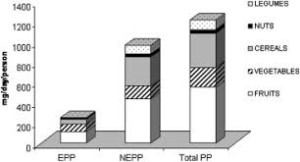 Compared to vegetables, fruit has a much higher percentage of NEPP vs. extractable polyphenols. Most of the juices I make and recommend are at least 80% vegetable juice. (I generally add only 1 apple to a 16 oz green juice.) So the amount of discarded NEPP is minimal.
Compared to vegetables, fruit has a much higher percentage of NEPP vs. extractable polyphenols. Most of the juices I make and recommend are at least 80% vegetable juice. (I generally add only 1 apple to a 16 oz green juice.) So the amount of discarded NEPP is minimal.
I eat plenty of whole fruit and raw and cooked vegetables, as well as legumes, nuts and grains, which are a primary source of NEPP in a plant-based diet. So I am confident that I am getting plenty of NEPP from my non-juice meals throughout the day.
NEPP are just one class of nutrients. There are many other nutrients that DO make it into the juice glass, as well as compelling reasons to enjoy fresh juices.
What’s in Your Juice?
There is so much goodness in your juice glass! Let me recount the ways . . .
Vitamins, Minerals and Trace Elements
Fresh fruits and vegetables are the best sources of essential vitamins, minerals and trace elements. The complementary groups of nutrients in each piece of produce work synergistically when released into the blood. Unlike synthetic vitamins, it’s impossible to overdose on the vitamins, minerals and trace elements in your juice. They are in their natural form, and your body knows what to do with them.
Enzymes
Food enzymes exist in raw foods, and they assist with digestion. Heat kills enzymes. Fresh juice is full of enzymes.
Soluble Fiber
Up to one-third of the dietary fiber in foods is soluble fiber rather than insoluble fiber – the pulp. Soluble fiber helps your body get rid of LDL cholesterol, helps balance blood sugar, helps you feel full and supports healthy bowel movements.
Antioxidants
The extractable polyphenols in fruit and vegetables are easily seen your juice glass. The polyphenols in apple skins are an example of the extractable kind. When you juice a red apple, the juice has a pink or red hue because of them.
Anti-oxidant levels in juice vary from one fruit or vegetable to another. In one study in 2014, apples and pears had higher antioxidant levels after juicing, while persimmons and mandarins had less.
The extraction method also influences the antioxidant levels in juice. In a study on broccoli juice, the antioxidants in the broccoli juice made in a vertical slow juicer (single auger) were nearly double that of broccoli juice made in a centrifugal juicer or blender.
Other Juicing Benefits
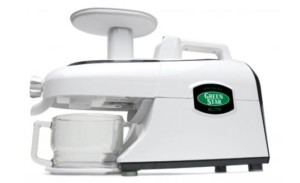 Most of us don’t chew our food well enough. A masticating juicer like the Tribest GreenStar Elite utilizes a 3-stage juicing system that mimics human mastication. The twin gears chew up the produce far better than many of us would, which releases more nutrition. Then it mixes the juice and presses it through the screen into the juice pitcher.
Most of us don’t chew our food well enough. A masticating juicer like the Tribest GreenStar Elite utilizes a 3-stage juicing system that mimics human mastication. The twin gears chew up the produce far better than many of us would, which releases more nutrition. Then it mixes the juice and presses it through the screen into the juice pitcher.
The result is a nutrient-dense liquid full of vitamins, minerals, trace elements, enzymes, antioxidants and soluble fiber.
Removing the insoluble fiber is the chief reason that juicing is so effective. Normally your body expends much energy on digestion, and some people’s digestive systems are not doing a very good job of liberating that nutrition from the fiber. Juice is essentially predigested. When you drink it, all that goodness goes to work in your body within 15-20 minutes. Your body can then put more energy into other processes, like DNA repair and detoxification.
Juicing is the only way to get more nutrition with fewer calories. Drinking a juice in place of a meal is a healthy way to encourage weight loss. By combining juicing and plant-based meals, I was able to quickly get down to my goal weight in my 40s, and keep it there. And it’s how I support clients to achieve their weight loss and health goals.
Drinking a juice in the morning fosters better food habits throughout the day. It’s a powerful, positive message to every cell in your body. When you consume the nutrition of several pounds of produce in one juice glass, your body can’t help but notice.
Juicing helps people get more vegetables into their diet. To get all of the health benefits of produce, we should be eating 9-11 servings per day. Most people are not consuming anywhere near that. A freshly made juice makes it possible to dramatically increase vegetable intake and benefit from most of the nutrients available in the food.
Final Thoughts
Juicing is just one of many preparation methods. The way we prepare our food affects the nutrition available to us. Cooking increases the bioavailability of some nutrients and decreases or eliminates other nutrients (like enzymes.) Juicing may remove NEPP, but it increases other nutrients in the overall diet.
The late “Juiceman” Jay Kordich lived entirely on juice for 2 years. It cured his bladder cancer. He continued to juice and eat a plant-based diet until his (disease-free) death in 2017 at the age of 94.
Physicians like Dr. Baxter Montgomery, a Cardiologists in Houston, TX, uses juicing therapy to help seriously ill heart disease patients reverse their conditions.
People everywhere have reversed serious health conditions with the power of juice and a plant-strong diet.
If juicing were somehow unhealthy or a bad idea, I doubt Jay Kordich or Dr. Montgomery’s patients, or countless others would have experienced such dramatic health improvements.
So if you are interested in juicing, I encourage you to get started. If you juiced in the past but stopped because you heard it wasn’t healthy, you might reconsider based on the information I have shared here.
Free Download: Tasty Green Juice Recipes



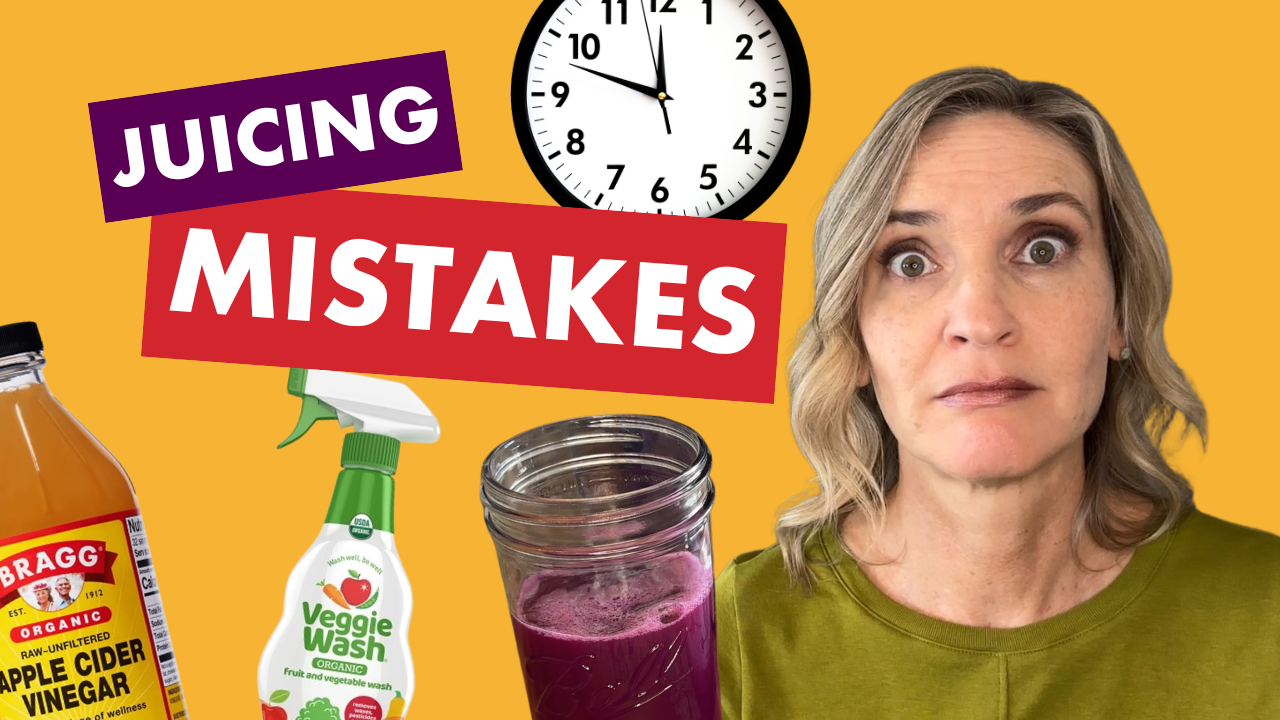
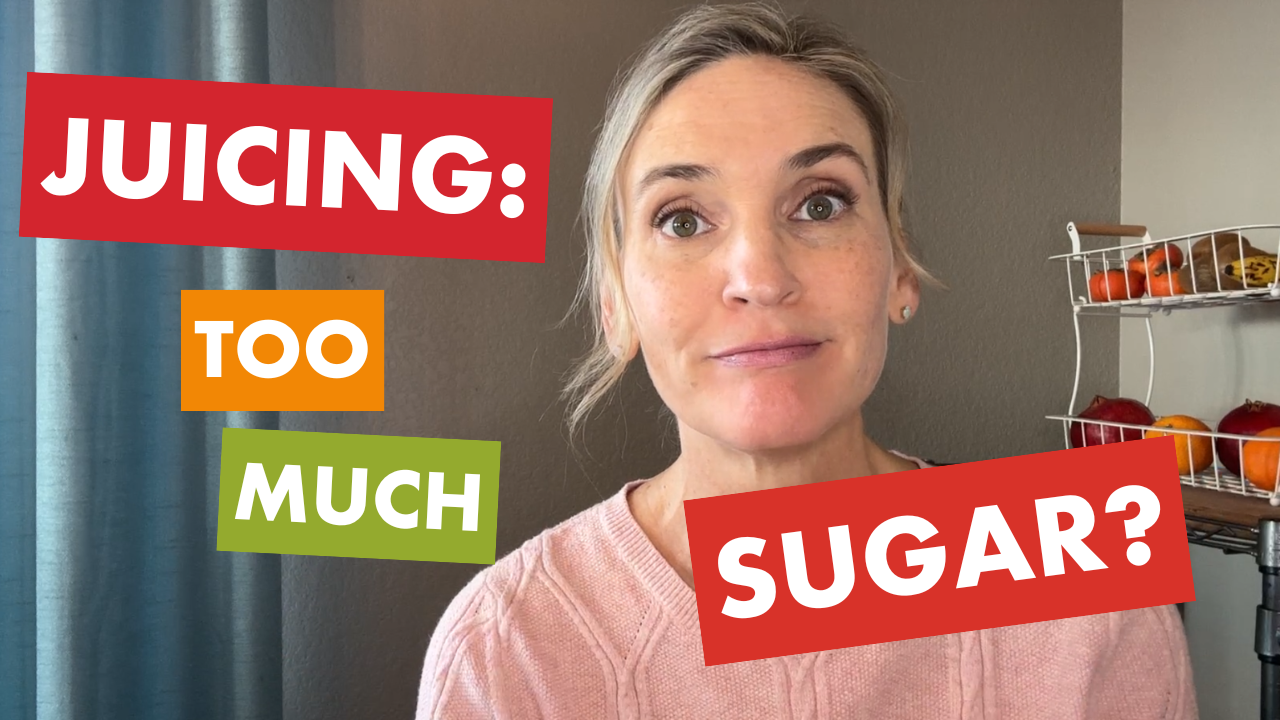
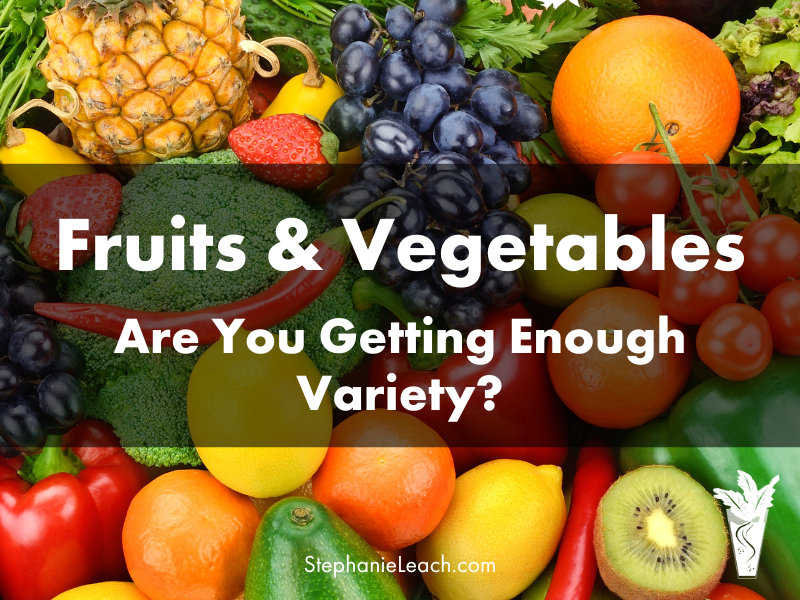
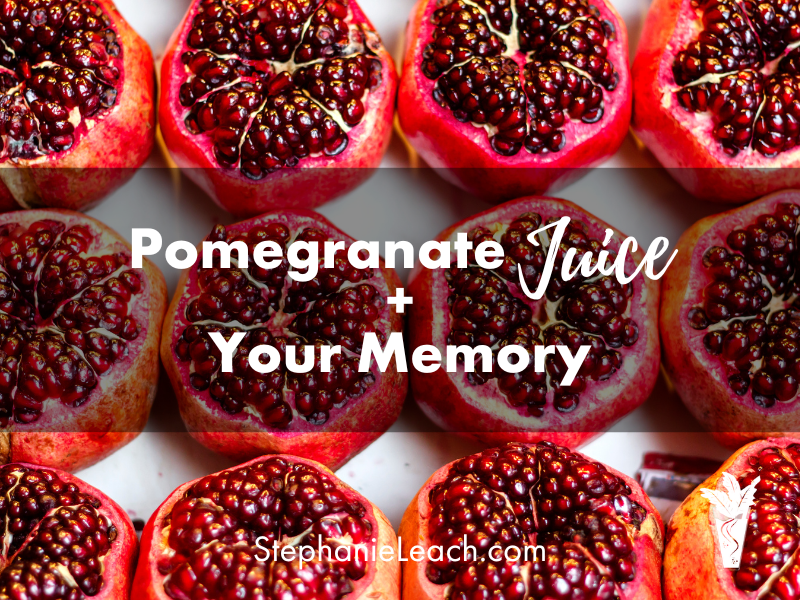
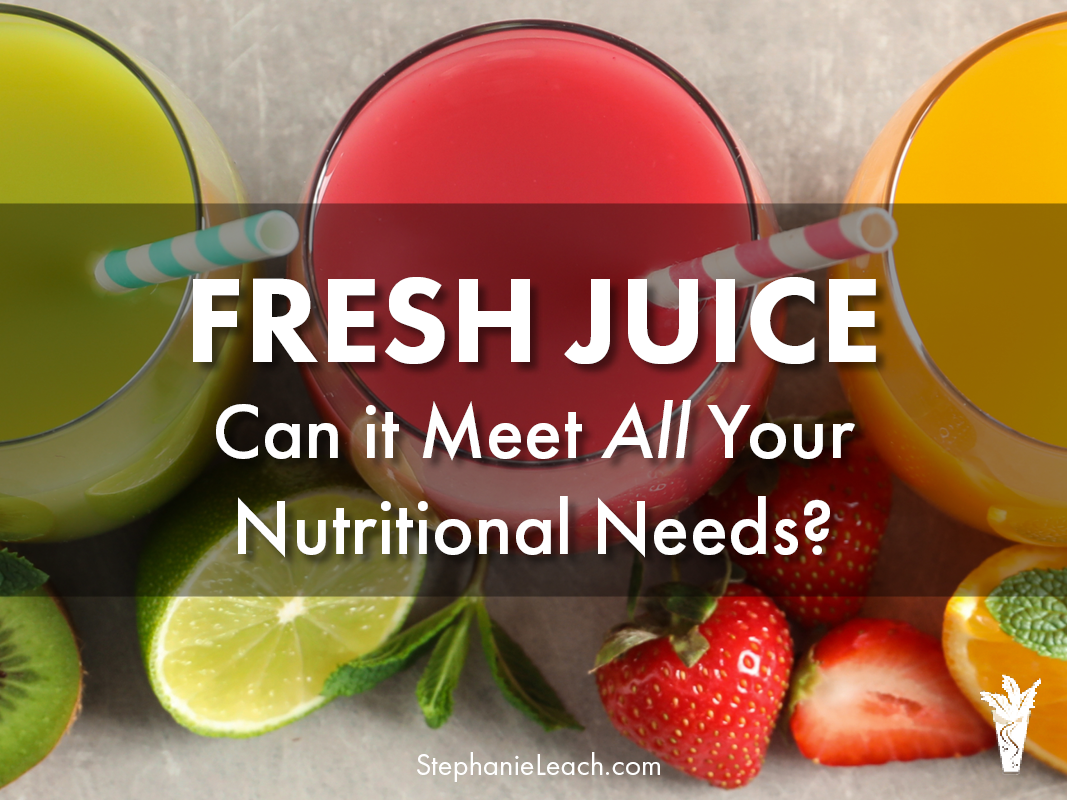
Leave A Comment